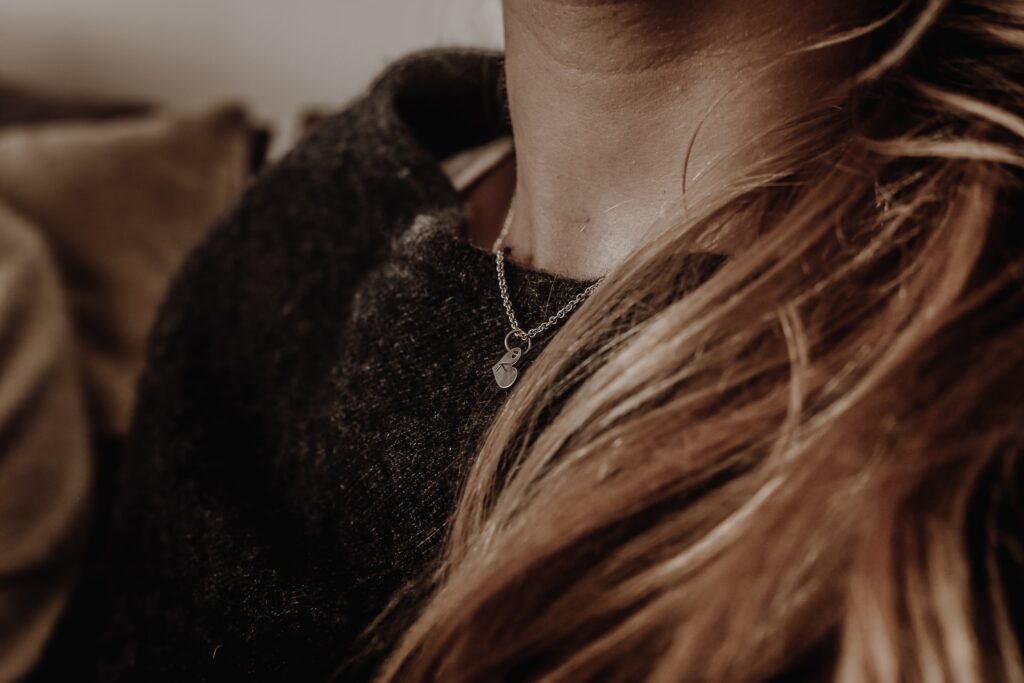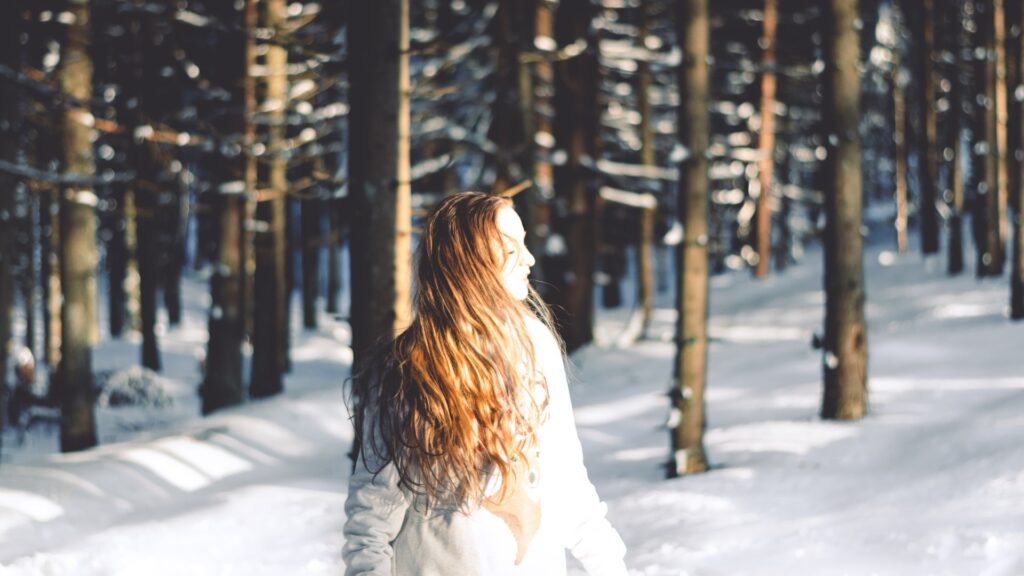
Wintertime not only brings the dark skies and dry skin, but it can also be incredibly harsh on hair as well. Unfortunately, while we can’t blow away the cold winter months, we can make some small lifestyle changes to help deal with the winter hair woes.
Whether you have long hair or short, thick or thin, Easi locks or not, the dry winter months can affect anyone and be a huge mood dampener.
If you struggle with hair woes, particularly in the wintertime, then keep on reading because we’re sharing our best tips on how to get through without compromising on luscious hair!
Your Hair Feels Straw-Like

The moisture levels in the air naturally drop as the temperature does, and this in turn affects the moisture levels within your hair. If this is the case, you can be left with brittle, straw-like hair that makes a gloomy day even worse.
There are ways to go around this though. You can use some naturally occurring hydrating ingredients, like coconut or argan oil, to give your hair a moisture boost. If you let your hair soak in these oils, you’ll definitely begin to feel the silkiness returning.
Additionally, giving your hair a break from the heat is another way you can combat dryness. Direct heat on the hair removes moisture, so if it’s already lacking moisture from the air, taking away any remaining moisture won’t be helpful publisuites.
You’re Lacking Shine And Vibrance
Just as with our skin during winter, our hair is prone to losing a lot of its shine and vibrance too. This can quickly make any person feel miserable. The way around this is to use a good hair serum, to bring some shine and bounce back into your locks.
This solution can also help with the moisture. Find a serum that targets shine and hydration so that you can deal with two winter hair woes at once.
Your Hair Lacks Natural Oils

If your hair is lacking its natural oils, which is probably the case during a dry winter month, you can try to bring a lot of it back by extending the period between each hair wash.
When you wash your hair, the shampoo naturally strips it of its natural oils, causing it to dry out more. Worse than is if you wash your hair everyday, as no natural oils will have a chance to reproduce.
Try and lengthen the time between each wash, even if only by a day. This will allow the natural hair oils to reproduce, resulting in more moisture and protection from dryness.
Static Hair Is A Common Occurrence
A big sign of dryness is static hair. When the hair is dry and brittle it ends up becoming static and can be difficult to get back down.
There are two ways you can overcome this. One way is to use a dryer sheet and gently slide this down the static hair. Or, you can go the leave-in conditioner route. This may be better as, once again, you will be tackling a moisture problem as well as a static problem. And besides, who would turn down the possibility of very silky hair?
Even though the winter months can be very harsh on our hair, if you implement some, or all, of these tips, you’ll manage to protect your hair as much as possible and lock in all that needed moisture! No more winter hair woes necessary.
Add Extra Sheen and Smoothness to Your Hair

Oil washing is a cycle whereby you apply a lot of oil to your hair, leave it in for quite a while then flush it out with boiling water followed by cool water. This has been a mainstream hair practice for quite a while. It is suggested for mitigating the more normal hair troubles, for example, dry, crimped, dull, and inclined to tangle braids. It’s somewhat not quite the same as a hot oil treatment. Hot oil treatment is an independent cycle while oil flushing is an additional progression to remember for your typical routine. There are six particular preferences for oil washing:
- It revives dull braids prompting ricochet and sheen.
- It smoothens out fingernail skin, dispensing with fuzzy hair.
- It keeps bolts delicate and malleable.
- It kills tangles and single strand hitches.
- It aids dampness maintenance.
- It decreases shedding after some time.
In the event that you’re prepared to attempt it, segment your hair into useful segments, at that point wash with warm water or cleanser daintily (if your hair has a lot of items in it from previously, it’s prescribed to cleanser once with a mellow cleanser before oil flushing). Coat strands with characteristic oil, smoothening through in a descending movement, at that point cover your head with a shower cap or enclose by stick film.

Apply delicate warmth with a blow dryer or hard cap dryer for five-ten minutes at that point flush out with warm to boiling water. Apply conditioner, smoothening it through the hair completely, endure a couple of moments, and flush with cold water. Apply for a leave-in conditioner and style of course.
You should see a particular distinction after the principal attempt. The best characteristic oils to use for oil flushing are olive oil, castor oil, grape seed oil, avocado oil, jojoba oil, almond oil, and coconut oil (coconut oil is better for summer use as it will in general cement in winter). You don’t need to confine yourself to the suggested oils. You can even now explore different avenues regarding any sort of oil and judge the outcomes for yourself after a couple of attempts.
Remember that oil flushing isn’t for everyone. In the event that you are inclined to scalp conditions, for example, dandruff, dermatitis, psoriasis, oil washing may irritate your concern. In any case, check it out and check whether your hair takes to it. On the off chance that you likewise have a sleek scalp and strands inclined to item develop, oil flushing probably won’t be for you also.
Keep in mind, consistency with training is vital to the improved surface and better maintenance over the long run.











